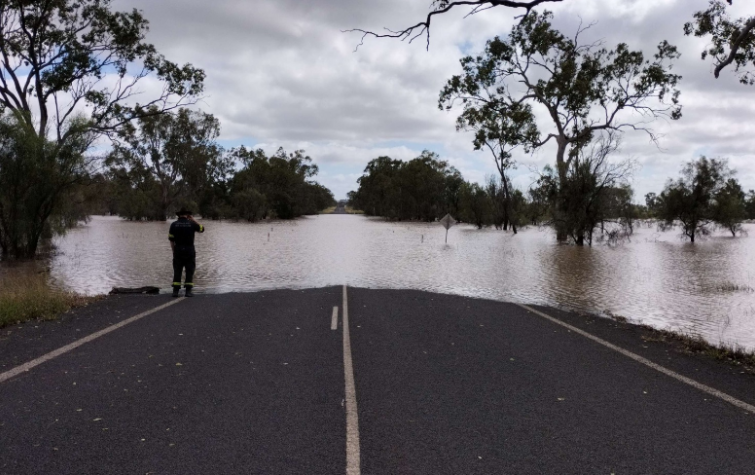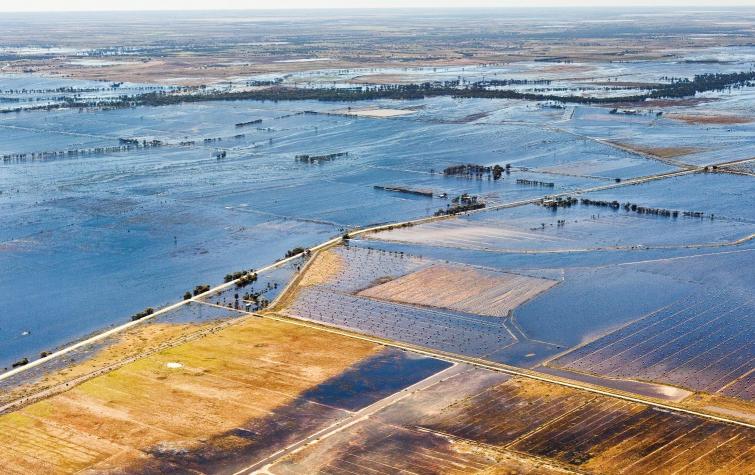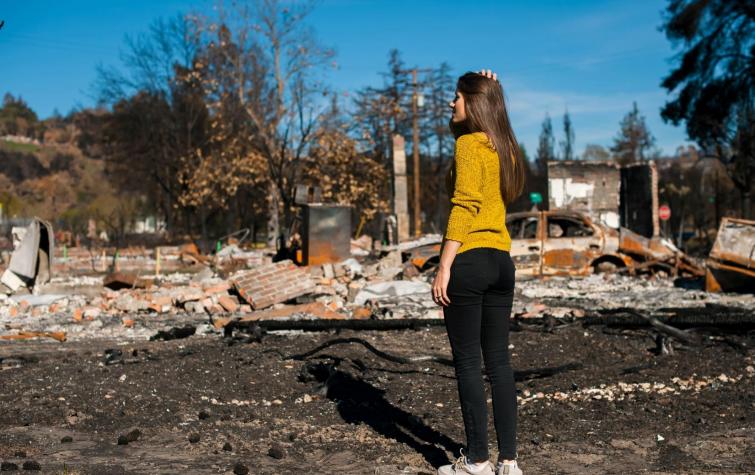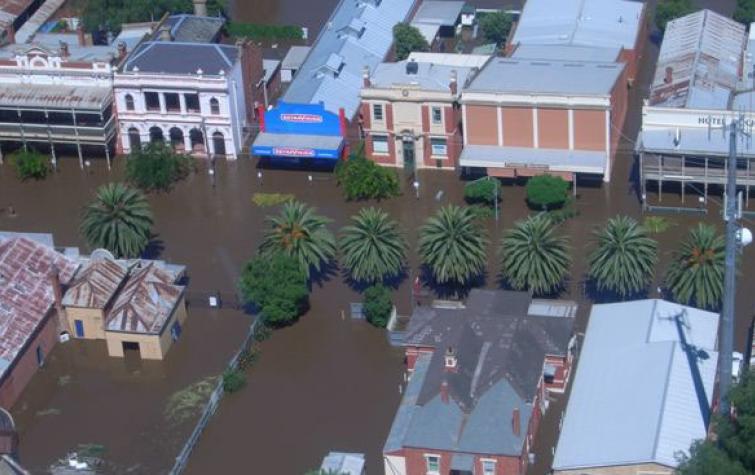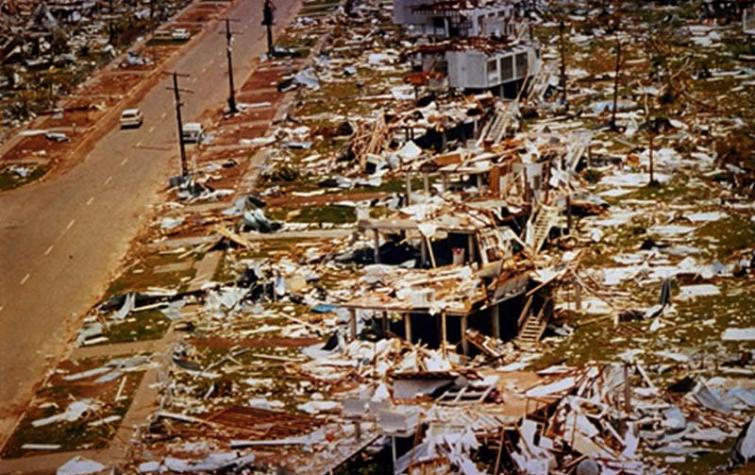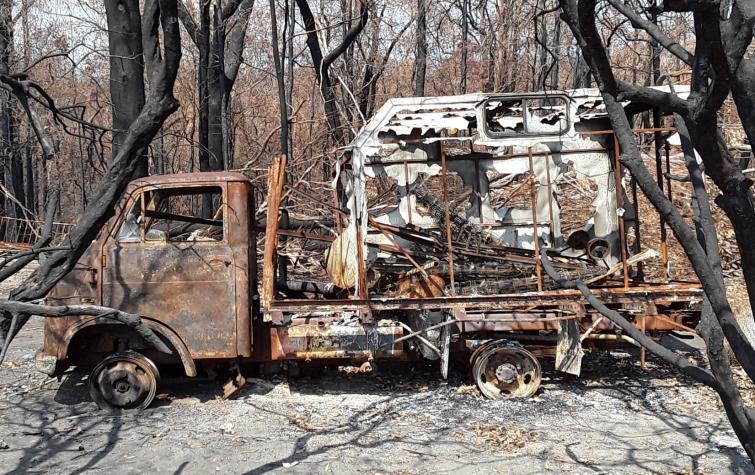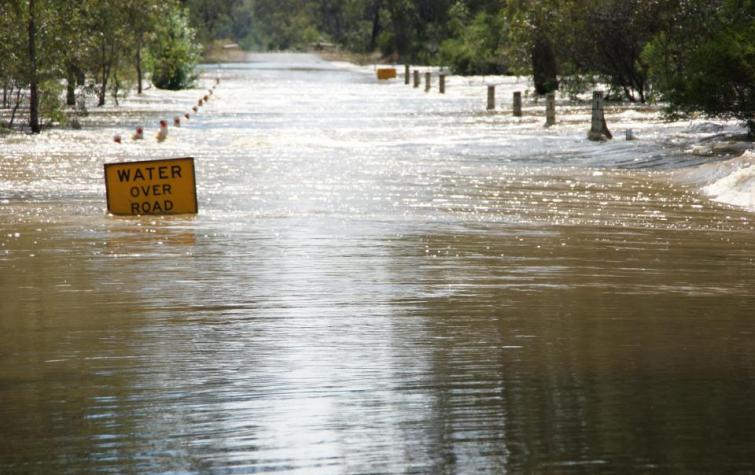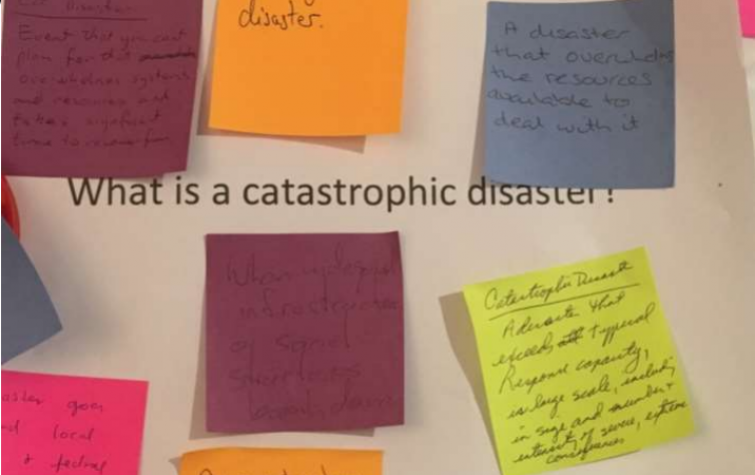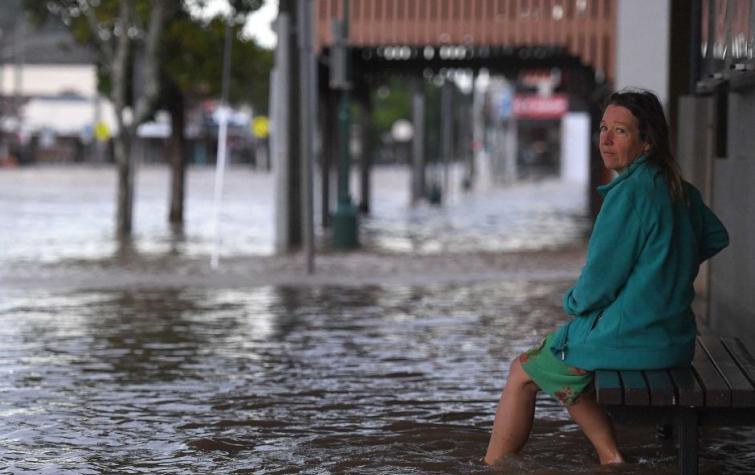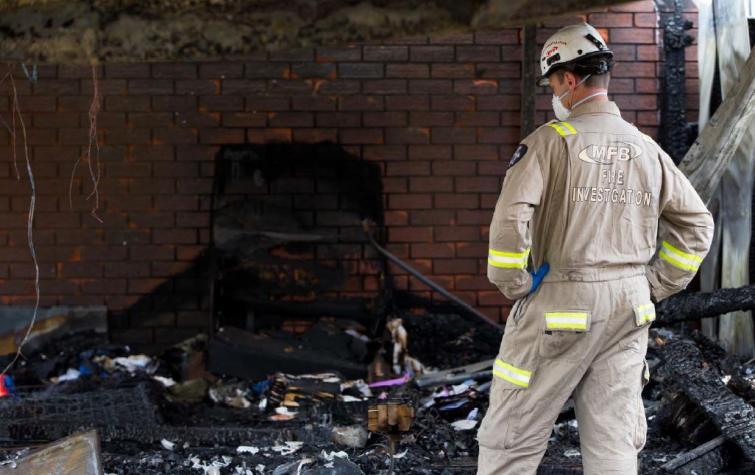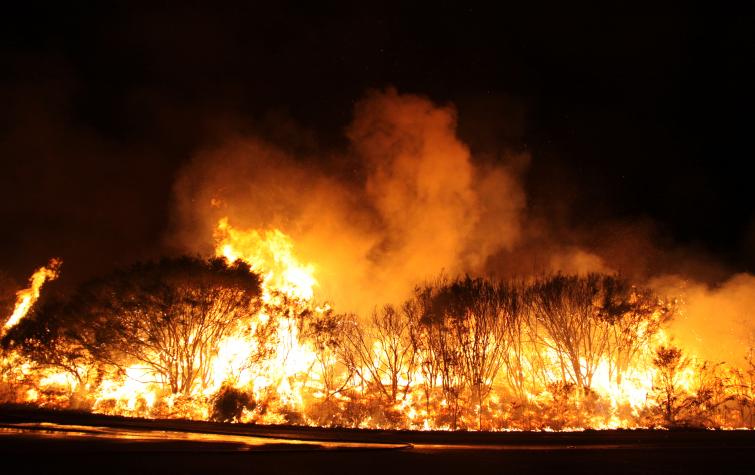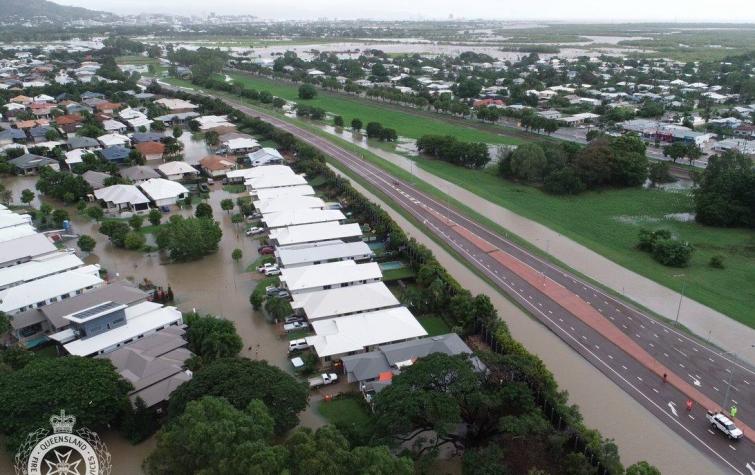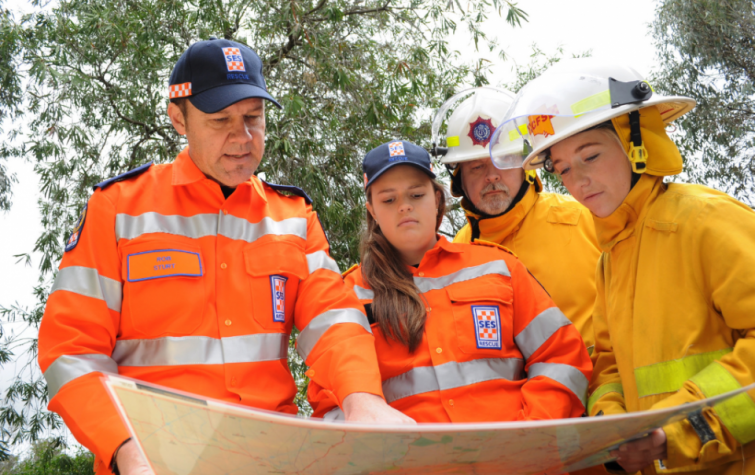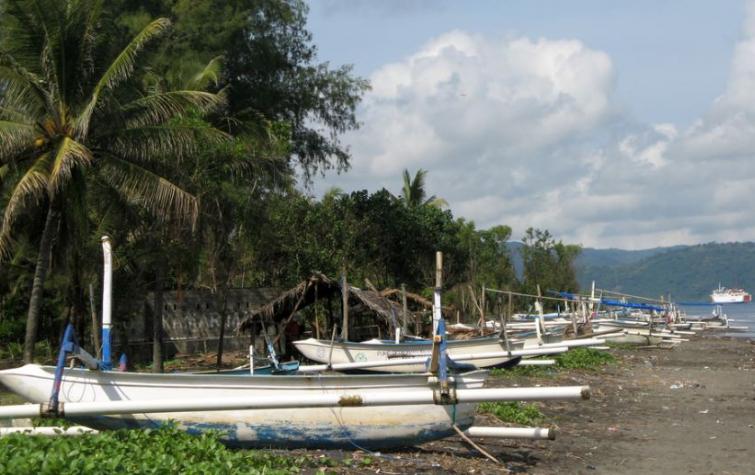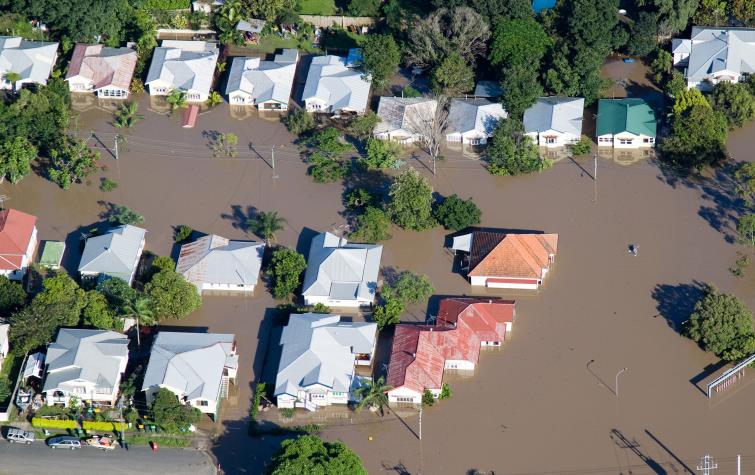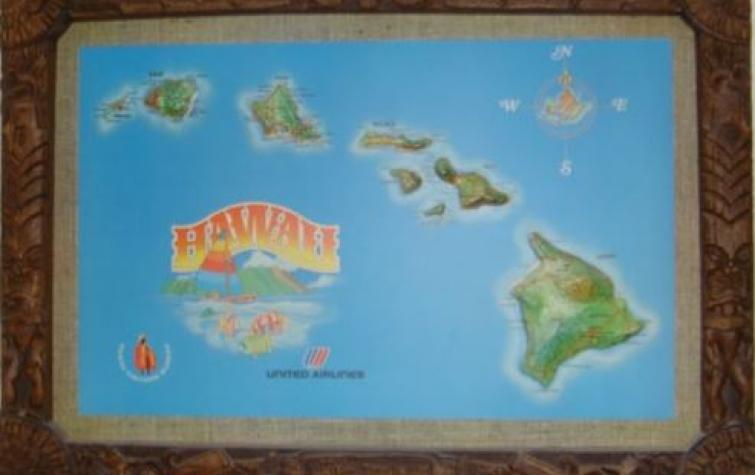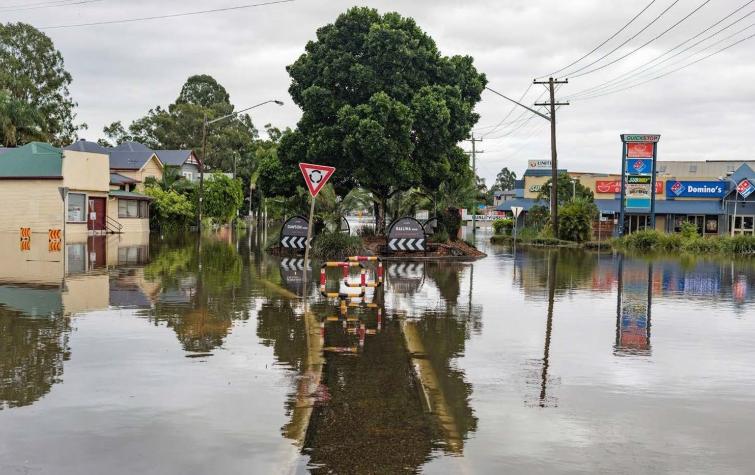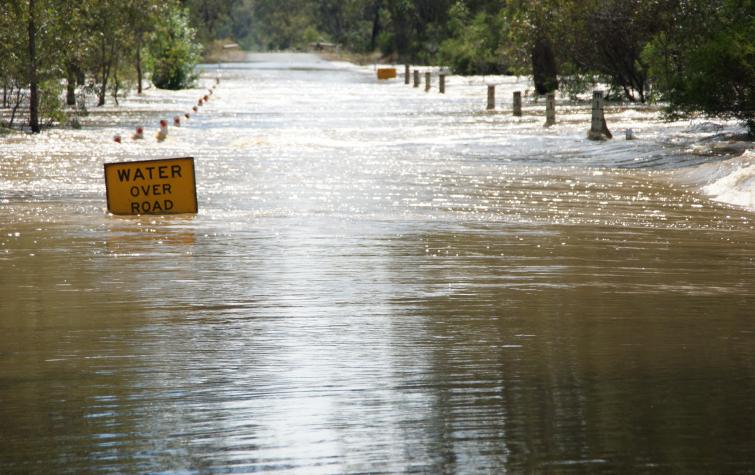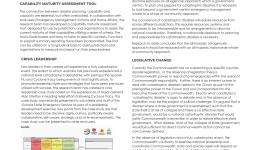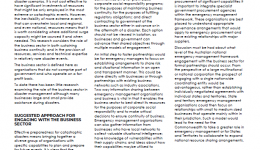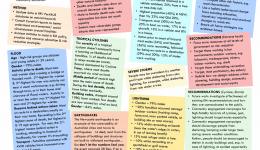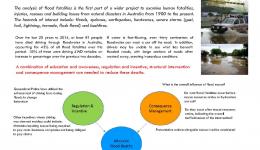Andrew is Director Government Business and Enterprise Risk Management at Risk Frontiers. He is an emergency and risk management expert. Andrew has performed various senior executive roles in the emergency management and social services sectors, including as the Deputy Chief Officer of the Victoria State Emergency Service and Director of Risk Management for the NSW Department of Family and Community Services.
Andrew is passionate about risk management and his main interests lie in enhancing the capability of organisations and communities to manage risk and ultimately enhance their resilience. Andrew is known for his strategic thought leadership, and in the provision and implementation of end to end management solutions, including cultural change.
Andrew is an experienced crisis leader having held senior state-wide leadership roles during some of Australia’s most significant natural disasters such as the ‘Pasha Bulka’ Storm (2007), Black Saturday Bushfires (2009), and the Victorian Floods (2010/11). He has been author of state-wide disaster plans, policies and resilience strategies, for which he has received several awards.
Andrews’s significant professional experience is complemented by his academic achievements having completed a Masters of Science (Honours) Degree and a Bachelor of Economics Degree. Andrew is also a graduate of the Australian Institute of Company Directors and a certified business continuity practitioner.
Blog posts on Views & Visions
| Post | Date | Key Topics |
|---|---|---|
| Australia needs a national crisis plan, and not just for bushfires | 16 Dec 2019 | emergency management, multi-hazard, policy |
| To build or not build: that is the Townsville question | 18 Feb 2019 | decision making, emergency management, multi-hazard |
| Could Sydney be the next Houston? | 03 Oct 2017 | cyclone, flood, planning |
| Disaster Risk Management: Insights from US Experience | 08 Jun 2017 | cyclone, mitigation, planning |
Project leadership
Research team
| Type | Project | Research team |
|---|---|---|
| CRC Core Project | Using realistic disaster scenario analysis to understand natural hazard impacts and emergency management requirements | psomerville, kroche, dbird, jmcaneney, rvandenhonert, khaynes, agissing, vkoschatzky, rkrupar, Thomas Mortlock |
| CRC Core Project | An analysis of building losses and human fatalities from natural disasters | lcoates, agissing, mtofa, jmcaneney, rcrompton, rvandenhonert, nmadappatt |
| CRC Core Project | Catastrophic and cascading events: planning and capability | meburn, khaynes, gsmith, mtofa, agissing |
| Commissioned Research | Creation of a grassland curing dataset | agissing |



